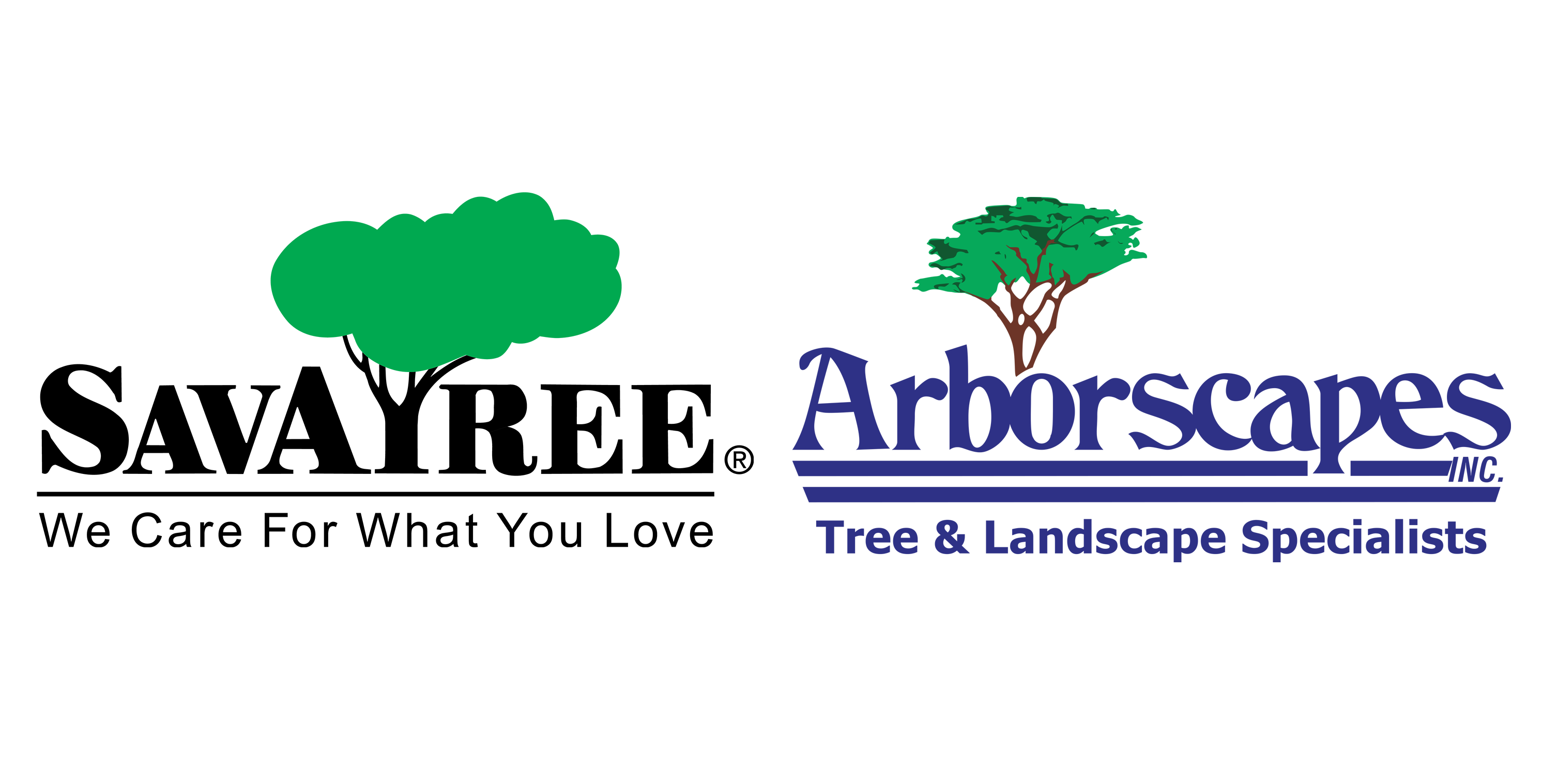
What is that ashy looking stuff on my camellia? Tea scale is the most serious insect pest of flowering camellias. Tea scale also attacks hollies, citrus and the tea plant (Camellia sinensis) as well as a few other plants. Tea scale is a small insect that attaches itself to the leaf and sucks plant juices. Adult female tea scales are...
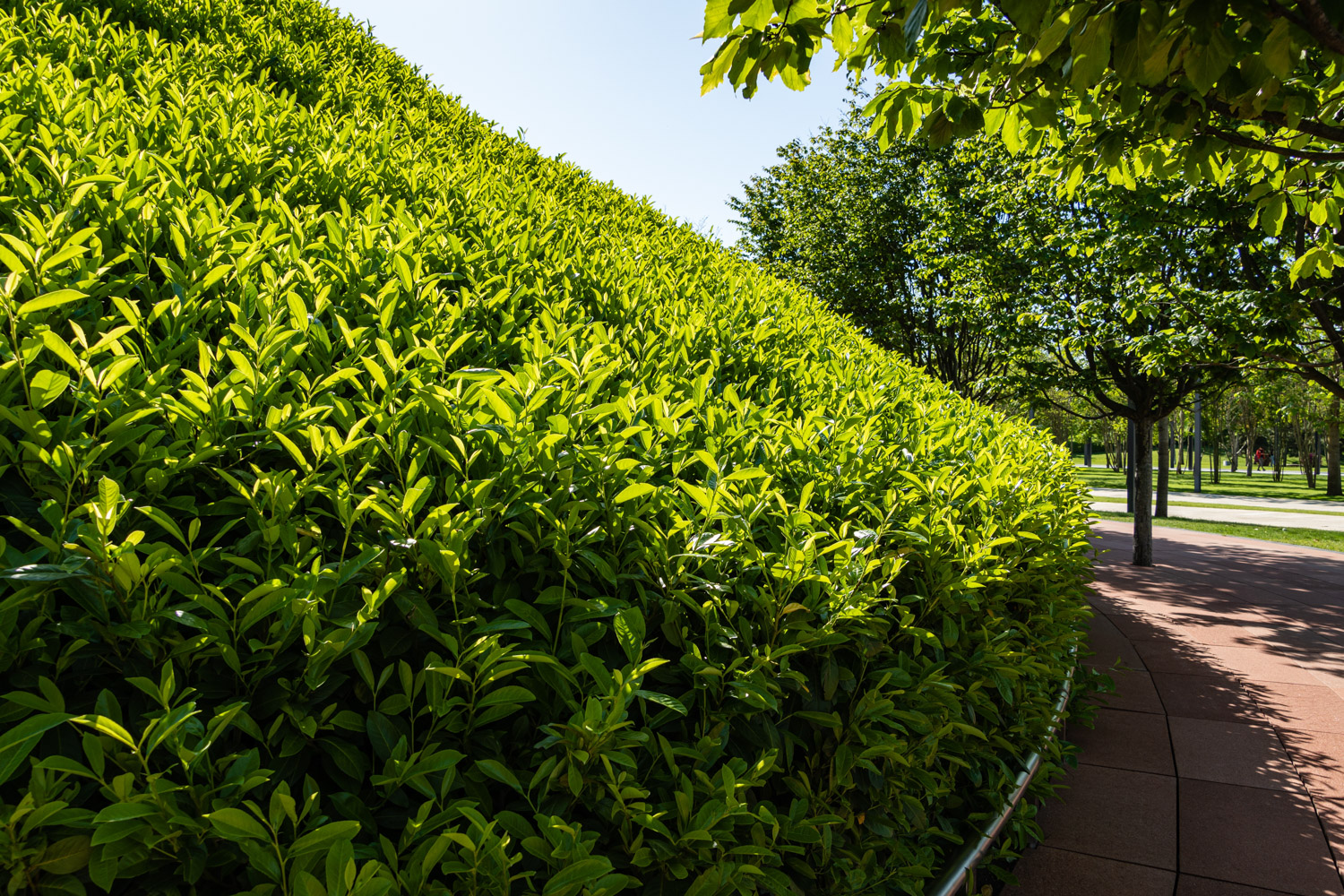
Laurel Shot Hole / Cherry Shot Hole
Laurel shot hole disease, (Sometimes called Cherry Shot Hole due to the infection of Cherry Laurels) often caused by the fungus Stigmina lautii or sometimes Blumeriella lauri, results in small holes in the leaves of laurels where the fungus has attacked. These holes are the result of infected portions of the leaf dropping out. The disease can detract from the...

The Latest on Tree Banding
We don’t want to let our guard down, but there is good news regarding female cankerworms: Thanks to Mother Nature and the diligence of homeowners, the population has been greatly reduced. That means we can hold off on tree banding, at least for now. You know what we’re referring to, those sticky, dark bands you see wrapped around willow oaks...

Japanese Maple Pruning
If we’re considering the importance of properly pruning your Japanese Maple, think of it in these terms: These beautiful trees require a slight and carefully executed trim, NOT A BUZZCUT! And winter is a great time to do it. Pruning a Japanese Maple is no different than pruning a shade tree. It’s just done on a miniature basis, in a...
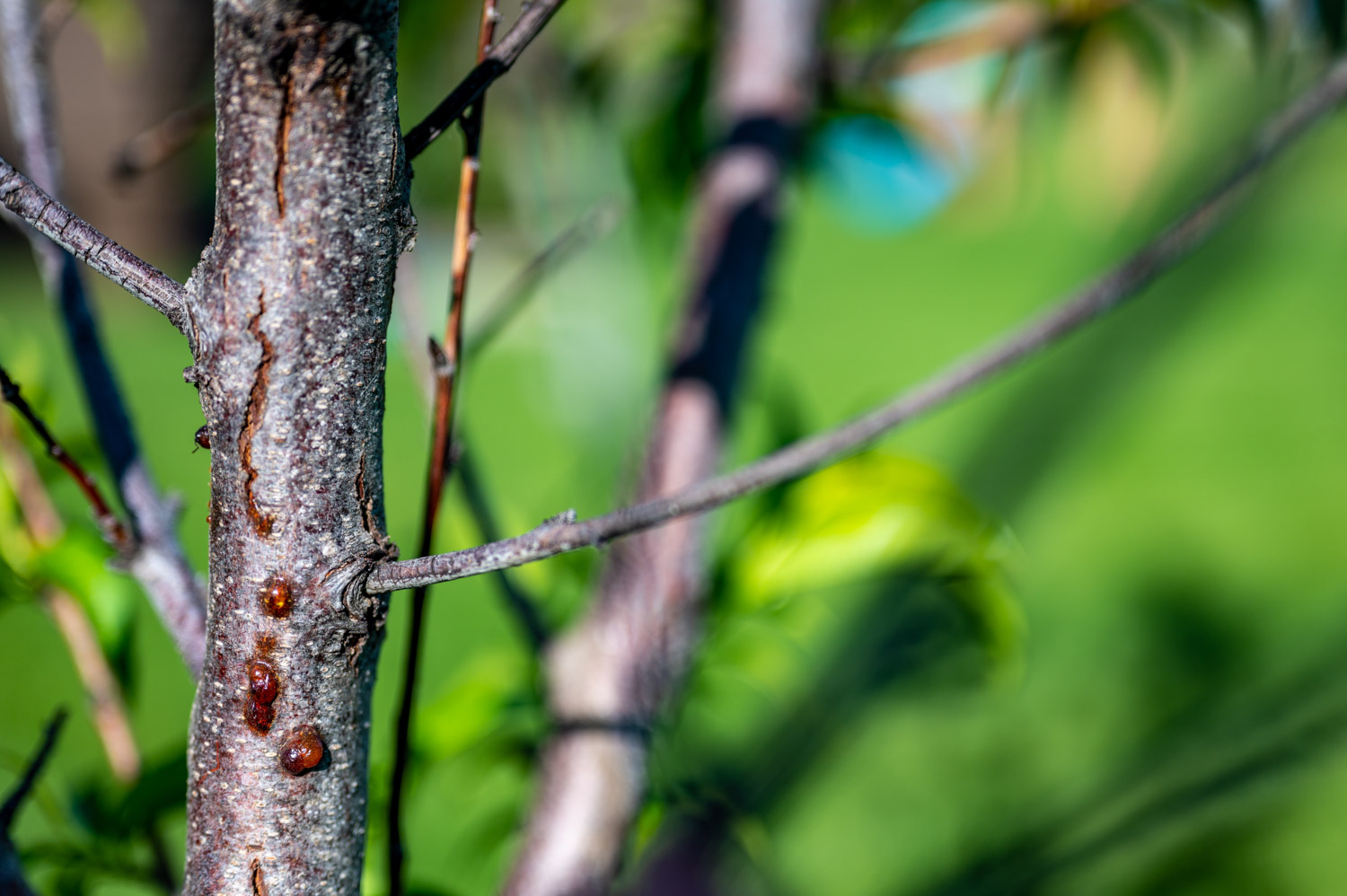
Treating Cherry Borer / Peach Tree Borer
Cherry borers, particularly the peachtree borer (Synanthedon exitiosa) and the lesser peachtree borer (Synanthedon pictipes), can be significant pests in cherry trees as well as peach trees. These borers attack the base and upper portions of the trunk, respectively, and can cause severe damage if left unchecked. Of course, prevention and treatment of cherry and peach tree borers is included...

A To-Do List For Fall
Thank goodness most of us (we hope!) take great pride and pleasure tending to the never-ending needs of our lawn, garden and trees. Nobody embraces the work like Carolinians. In that spirit, we offer these random recommendations in our Fall newsletter. As always, when in doubt, consult Arborscapes. In no particular order… Take care of those leaves! Make sure they’re...
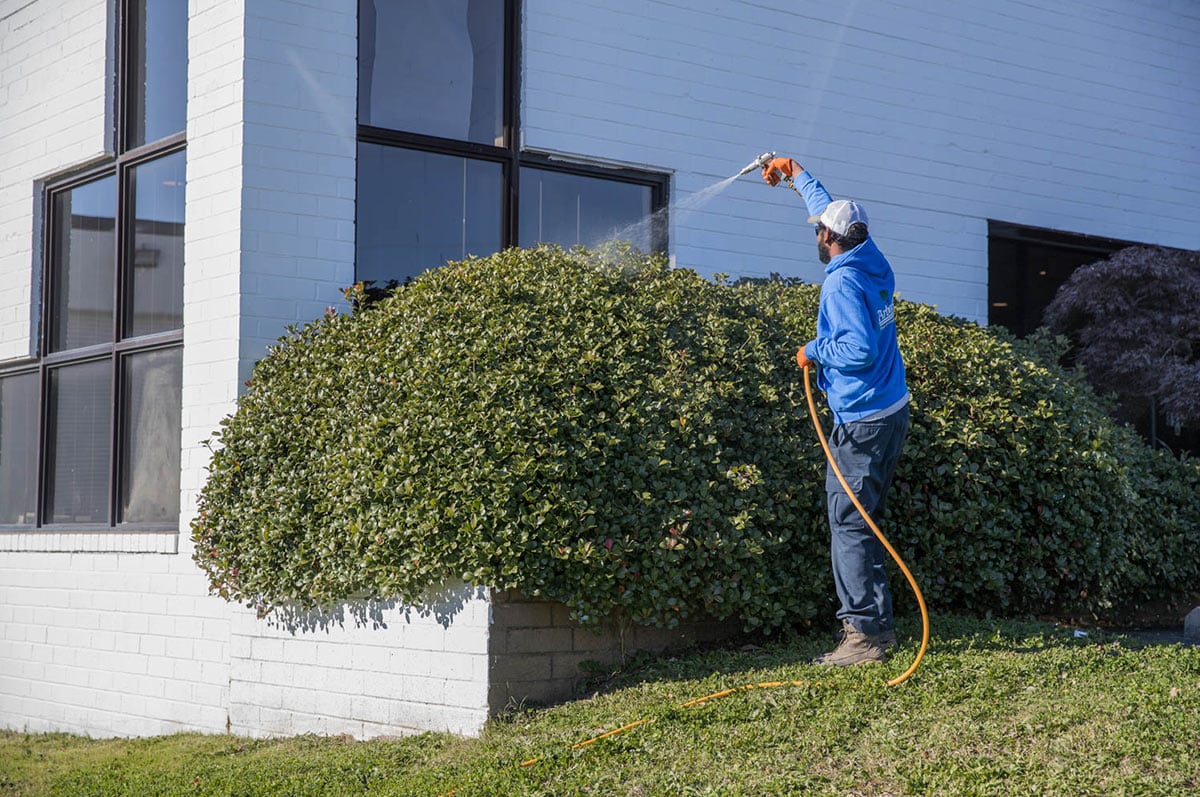
Dormant Oil 101
A thin, highly refined petroleum may be just the thing to get a jump on growing season. We’re talking Dormant oil. Here’s the lowdown: Dormant oil is most often applied during winter – we recommend December to February – to help reduce the population of insects and eggs. You want to wait until the temperature is at least 40 degrees...

Reducing Your Canopy
The yin and the yang of winter: Here in the Carolinas, we savor those rare snow storms that turn our landscape a glistening white, if only for a day or two. But then we find ourselves trudging outside to tackle the task of picking up all those limbs large and small that fell with the snow. Even worse is having...
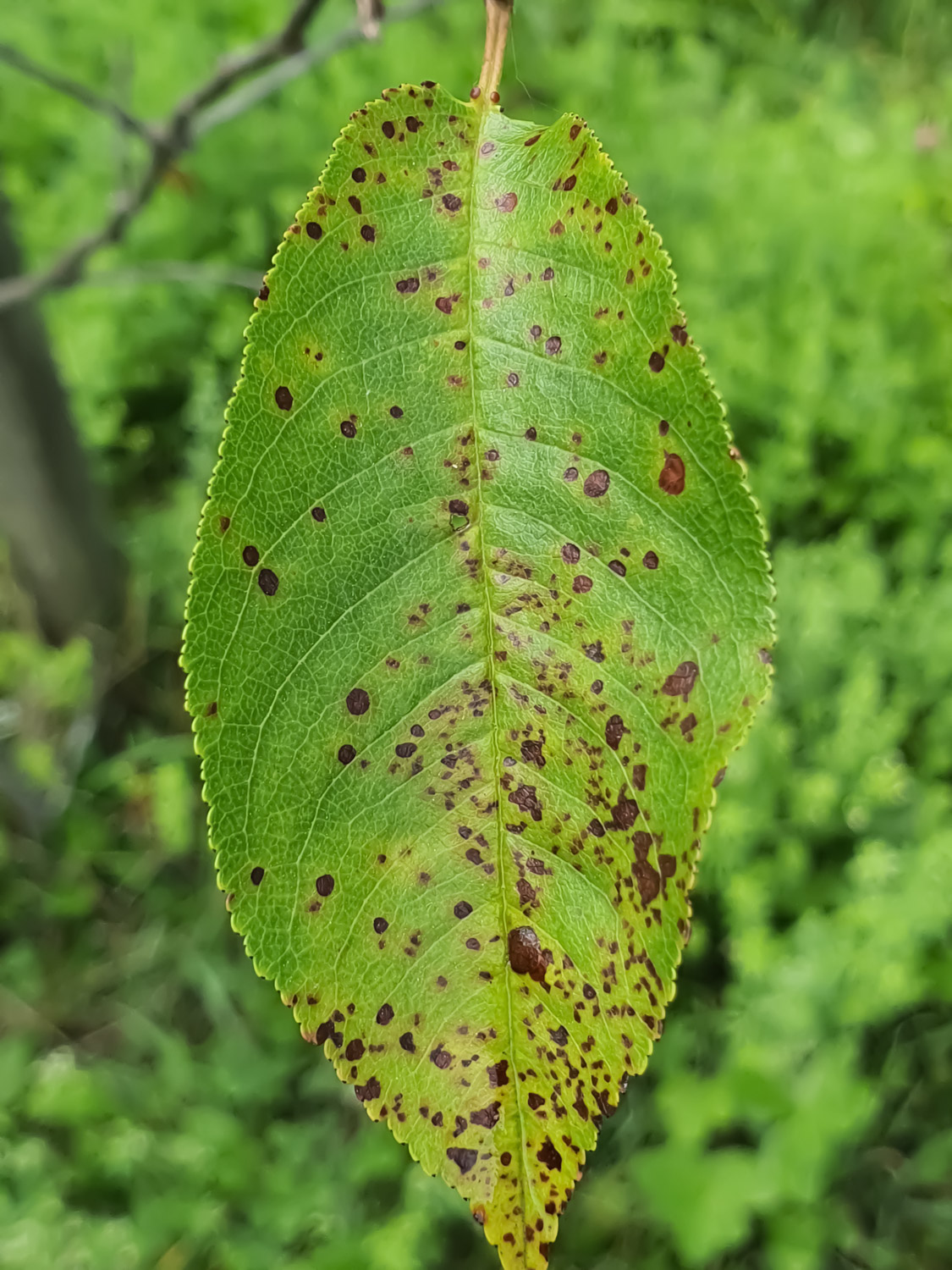
Cherry Shot Hole Treatment
Cherry shot hole, a catch all term, could be caused by two different diseases. The two pathogens that commonly produce these symptoms are bacterial leaf spot caused by the bacterium Xanthomonas pruni and cherry leaf spot caused by the fungus Blumeriella jaapii. Both diseases are favored by warm, wet spring weather. Of course, prevention and treatment for shot hole fungus...
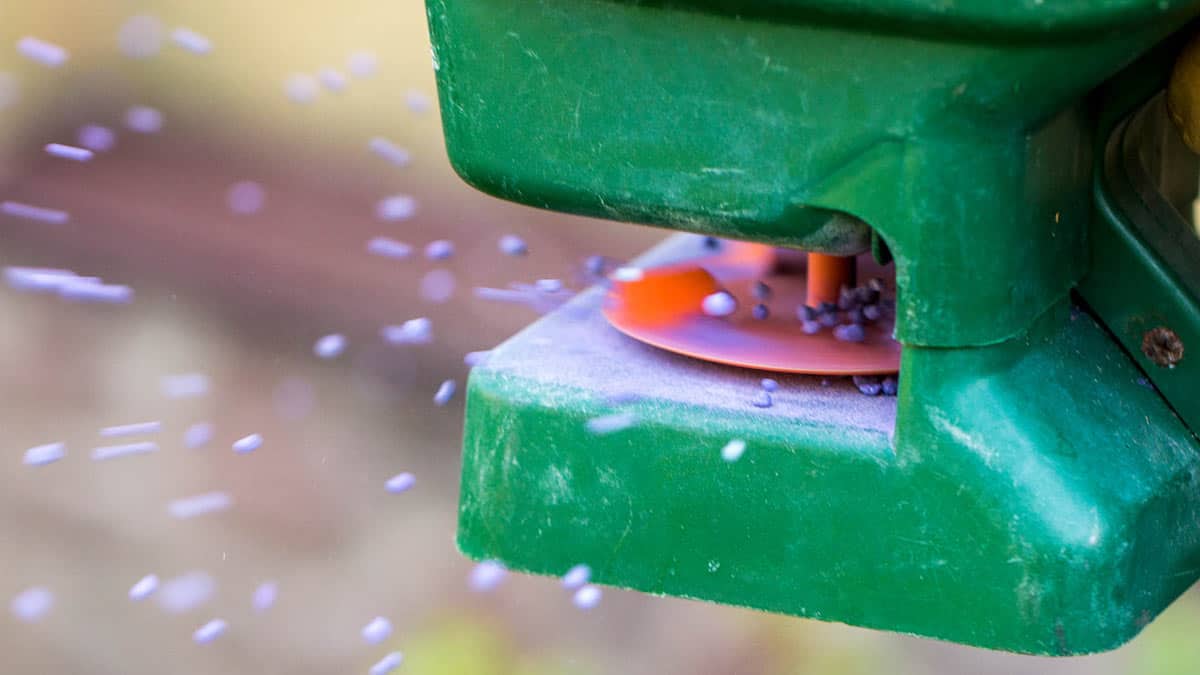
It’s About Time To Fertilize
Before we talk about fertilizing, a word about fescue. That’s the type of grass that grows in 95 percent of the homes in and around Charlotte. Fescue does best in shade. It can tolerate heat, cold and drought, which we get in varying degrees around here. And it gives us the best chance to give us what we yearn for....

Fighting The Fall Armyworm
Google “Fall Armyworm” and you will come across a video that captures the essence of the problem concisely (and ominously): “It invades. It infests. It consumes.” This pest can do widespread damage to small grain plantings in farm-focused places like Texas and Oklahoma. In and around Charlotte, it’s our lawns that are mostly at risk. The female moth will lay...
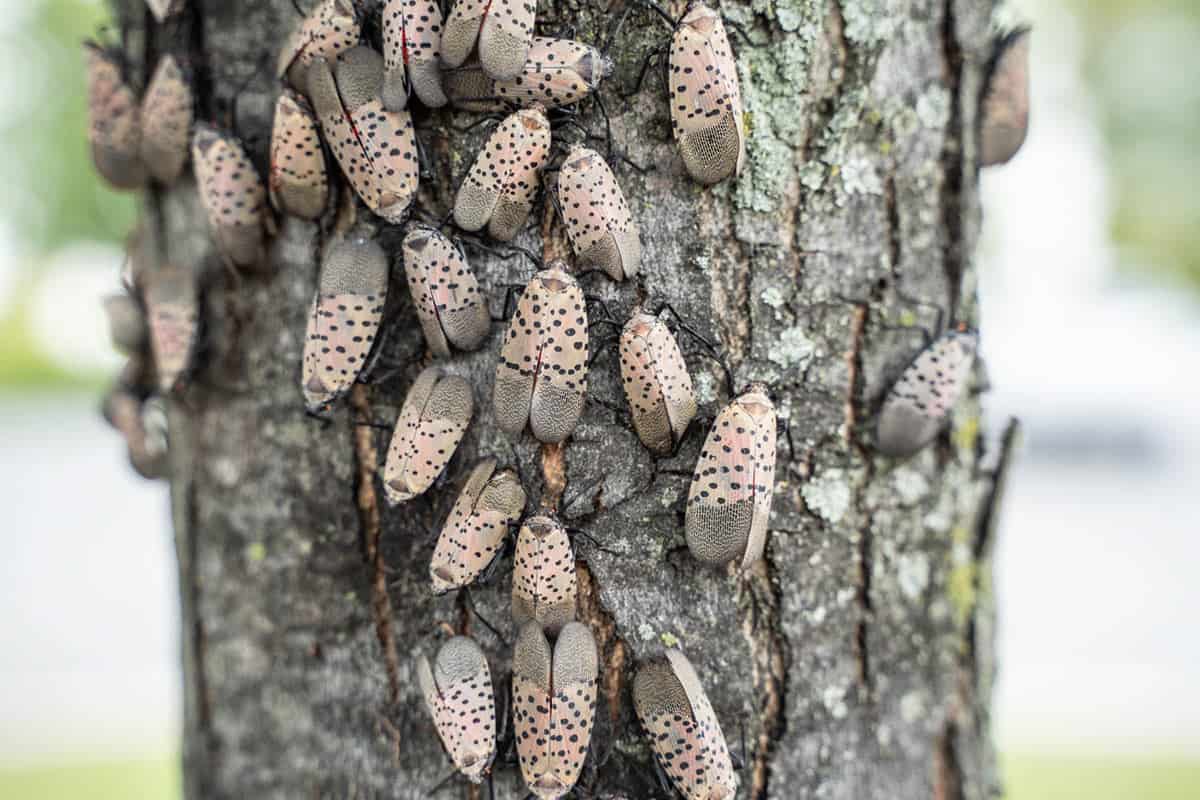
Warning: The Spotted Lanternfly
It hasn’t been spotted yet in the Charlotte area, but that doesn’t mean it isn’t coming. We’re talking about the dreaded Spotted Lanternfly. The invasive insect native to Asia was first detected in the United States in 2014 in Pennsylvania and has since spread to nine other states. In late June, it was spotted in the Winston-Salem area, specifically Kernersville....
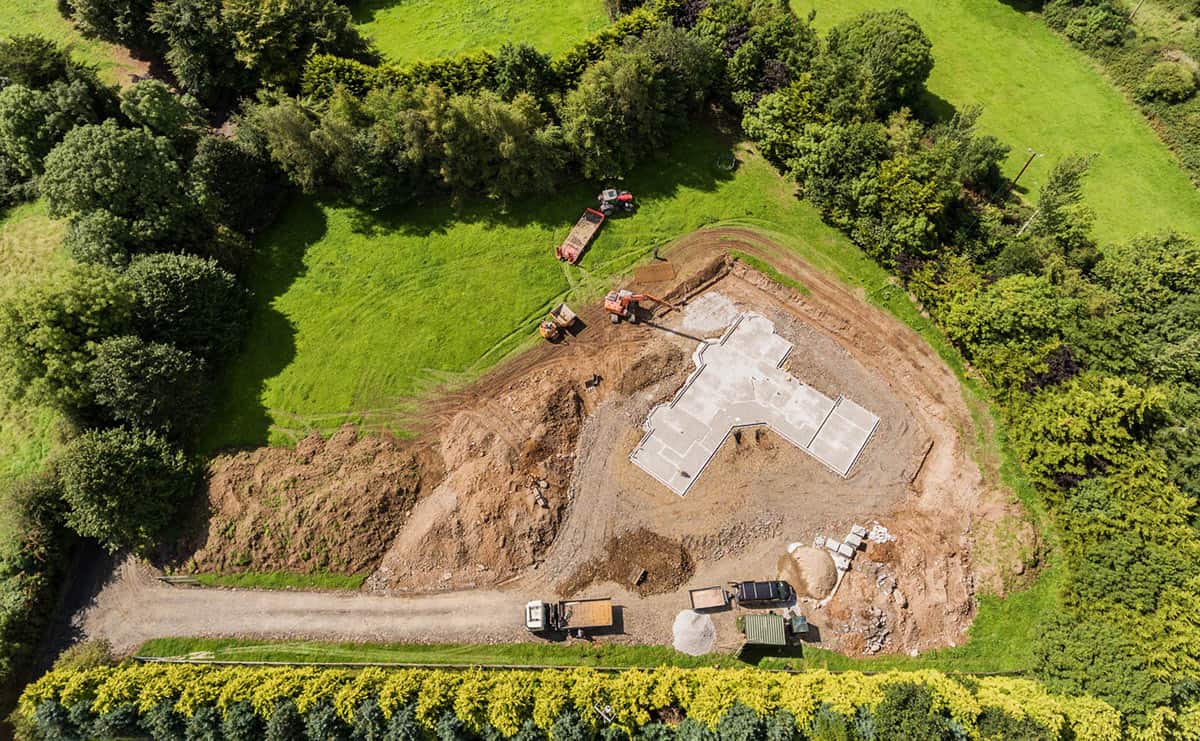
Preventing Construction Damage
There’s a wise old English proverb, “Hope for the best, but prepare for the worst.” That applies to protecting your trees against damage from construction. A quick drive around town will tell you that many of us are renovating, remodeling and expanding our homes, and place of business in some cases. To safeguard the trees that might be in the...

Dogwood Powdery Mildew
Dogwood powdery mildew, caused by the fungus Erysiphe pulchra, is characterized by a white, powdery substance on the surface of leaves. As the infection progresses, leaves can become distorted, and premature leaf drop may occur. Of course, prevention and treatment for dogwood powdery mildew is included in a Plant Health Care subscription from Arborscapes. (As are myriad other pests and...
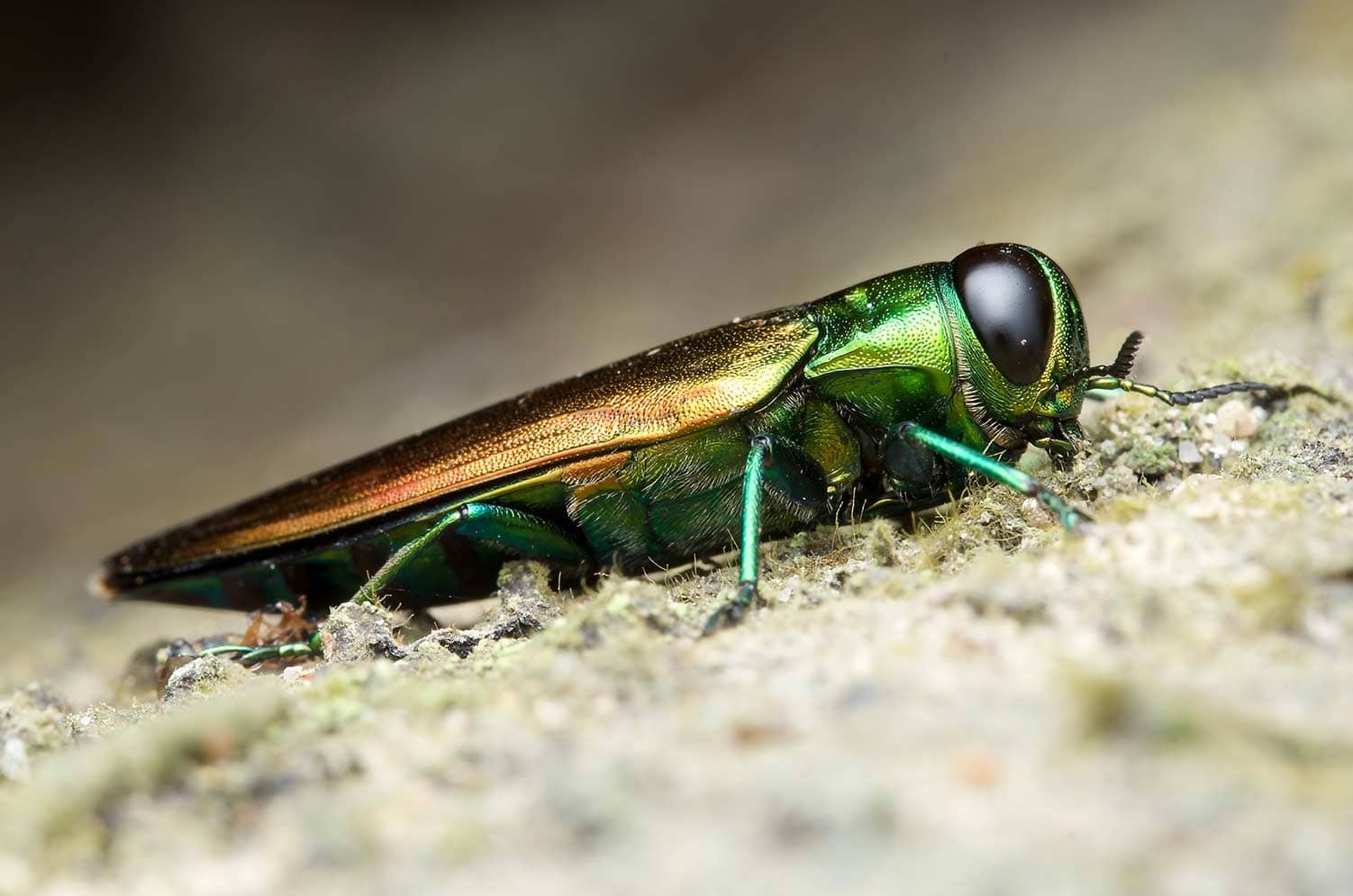
Emerald Ash Borer – Deadly Charlotte Pest
FOR IMMEDIATE RELEASE LOCAL ARBORIST WARNS OF POTENTIALLY DEADLY BEETLE PINEVILLE, N.C. – A leading tree care company is warning residents in our City of Trees: Watch out for emerald ash borer. “It’s a bad insect that we don’t want in the Charlotte area but it’s here,” says Nathan Morrison, a certified arborist and co-owner of Arborscapes in Pineville. The...
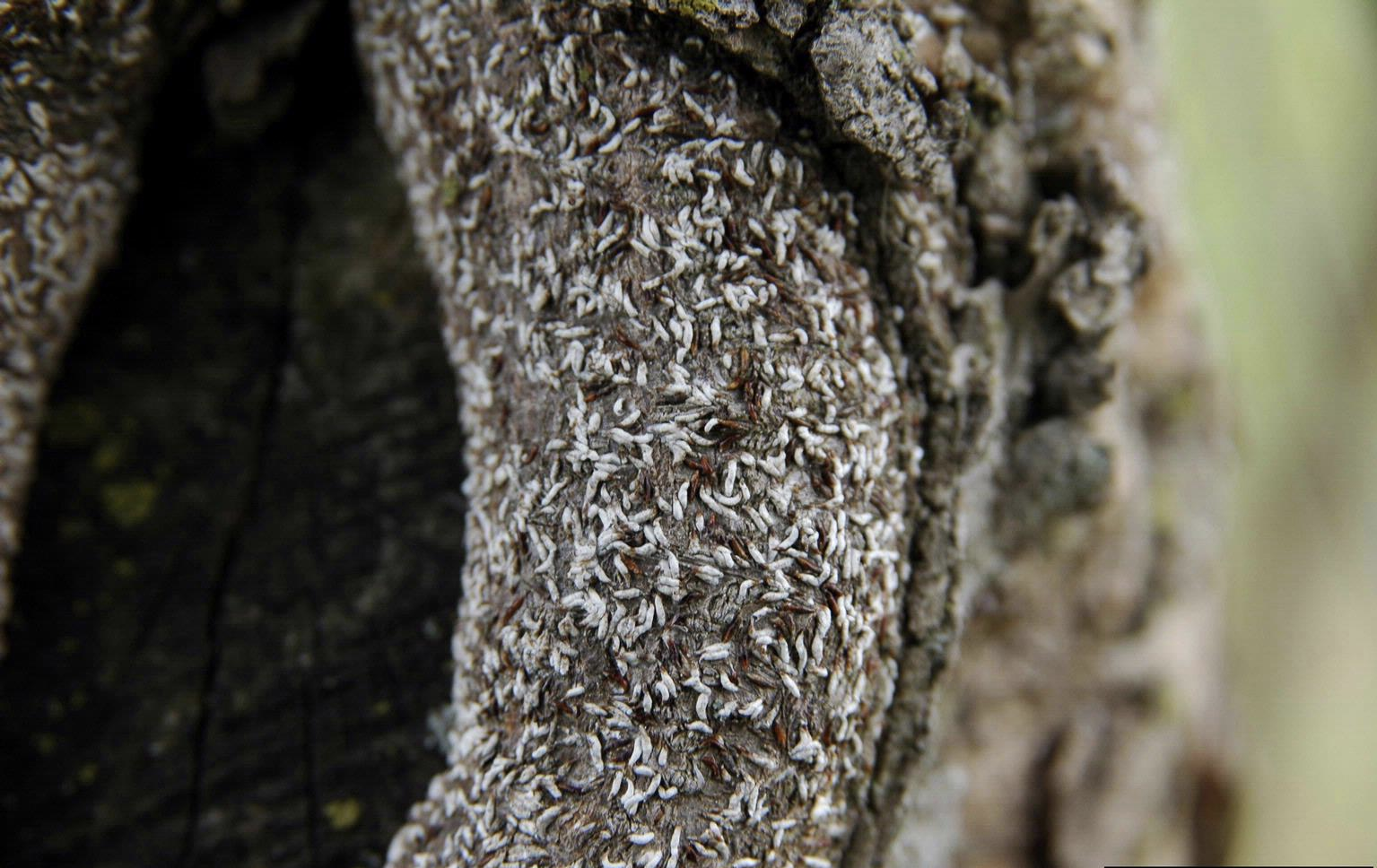
Japanese Maple Scale & Dogwood Scale
Japanese maple scale is an exotic armored scale species that infests a wide range of host plants (45 genera in 27 families) in the eastern United States. It infests some of the most common nursery and landscape plants in North Carolina including: red maple (Acer rubrum) Japanese maple (Acer palmatum) dogwood broadleaf evergreens like holly, Japanese holly, and boxwood These...
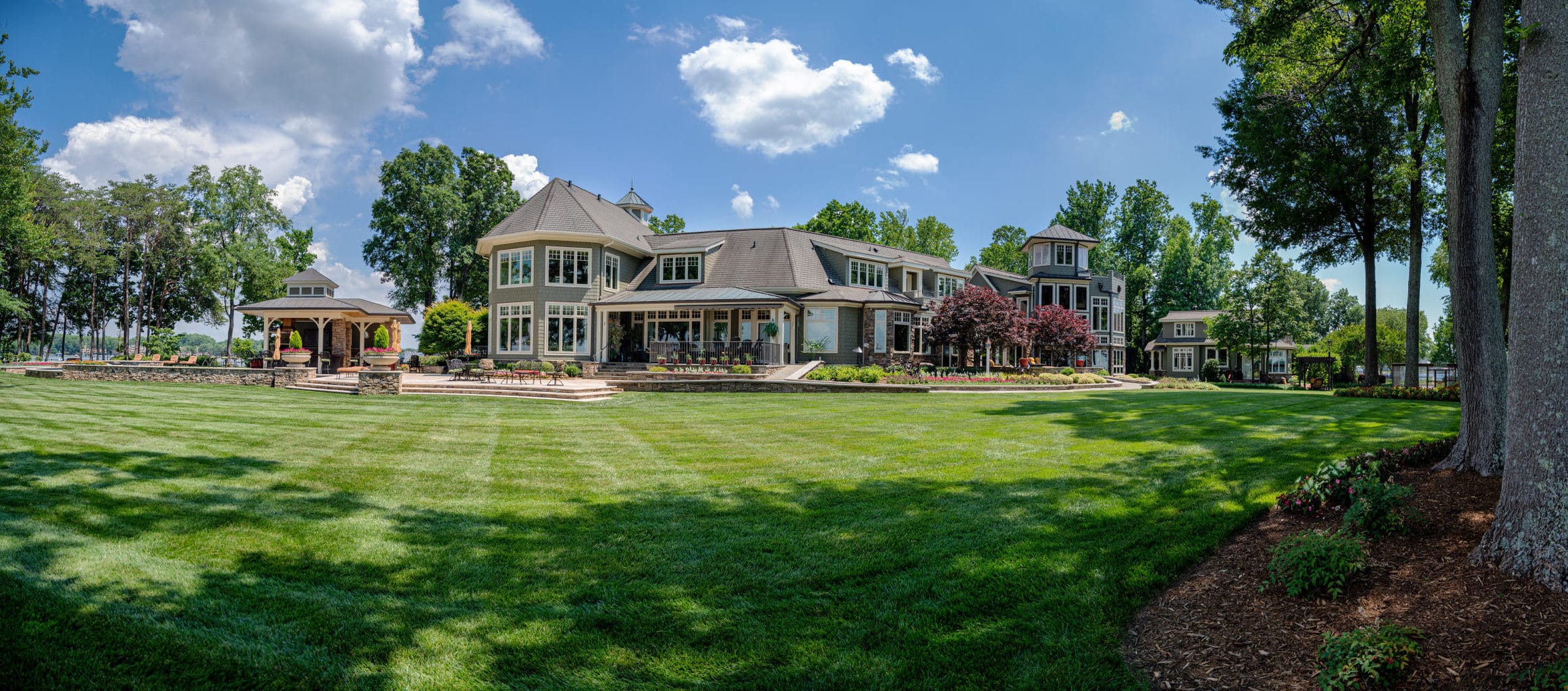
5 Mistakes Homeowners Make With New Landscaping
Congratulations! You’ve just installed new landscaping and your property couldn’t look better. But trouble looms in the form of five main mistakes that homeowners sometimes make after they think the project is finished. Our Landscape Accounts Manager Brandon Sleigh, a horticulturist, landscape designer-installer and lifelong gardener, explains those potential mistakes one at a time. Water mismanagement In other words, using...
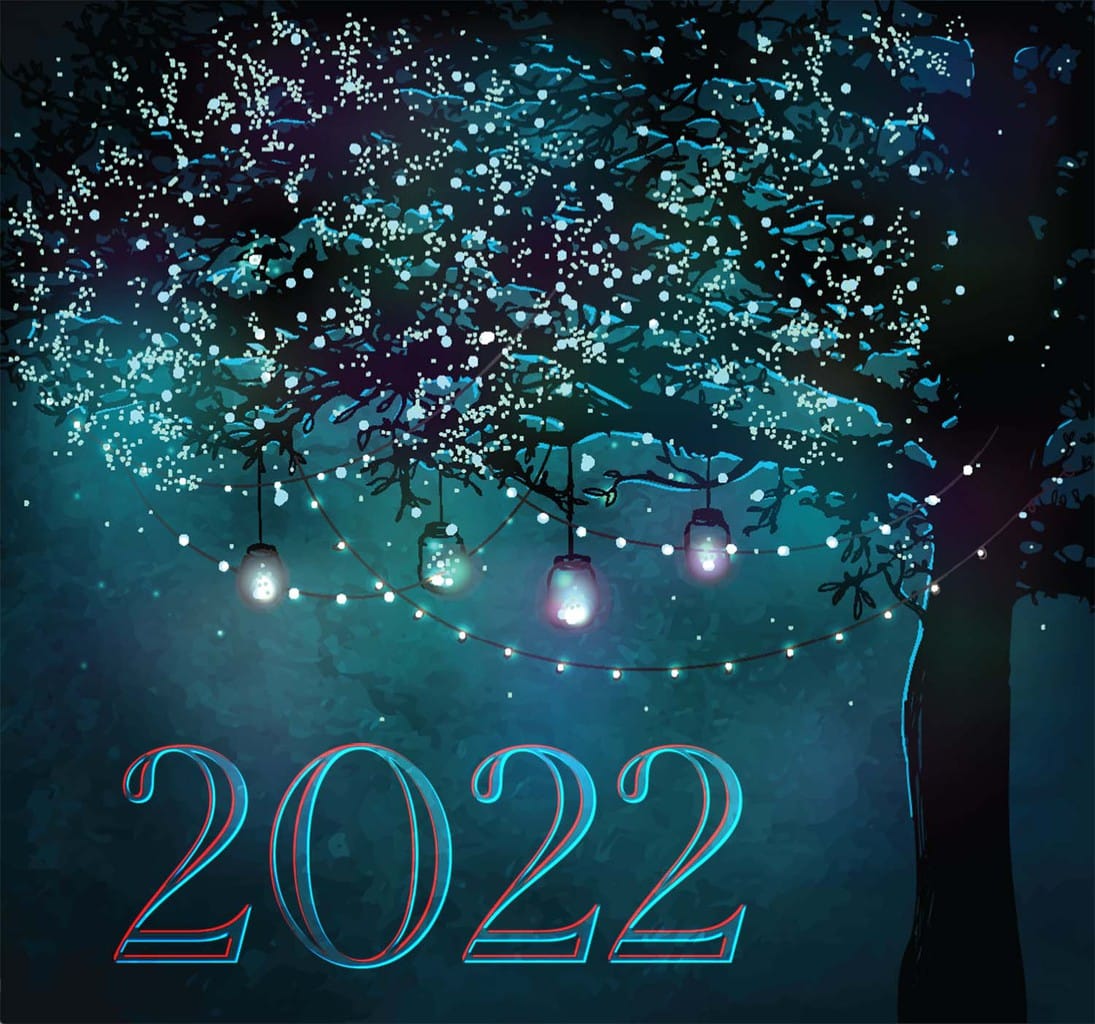
10 Resolutions For Your Yard
John Maurice, our Tree Care Operations Manager, offers some practical new year’s advice for your trees. Have a question or concern? Reach us at (704) 525-7148 or office@arborscapes.com. We are eager to help. You can visit us 24/7 at Arborscapes.net. Exercising more isn’t the only resolution you should make early in 2022. Here are 10 things to resolve to do...
